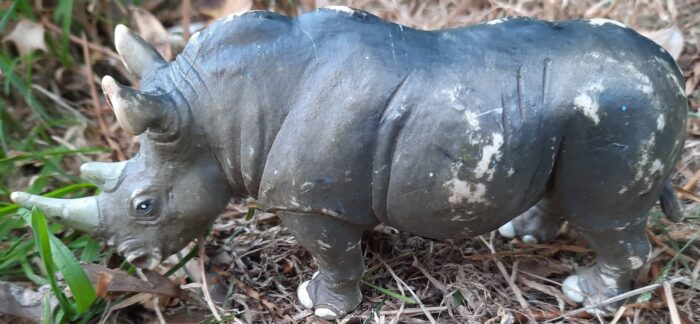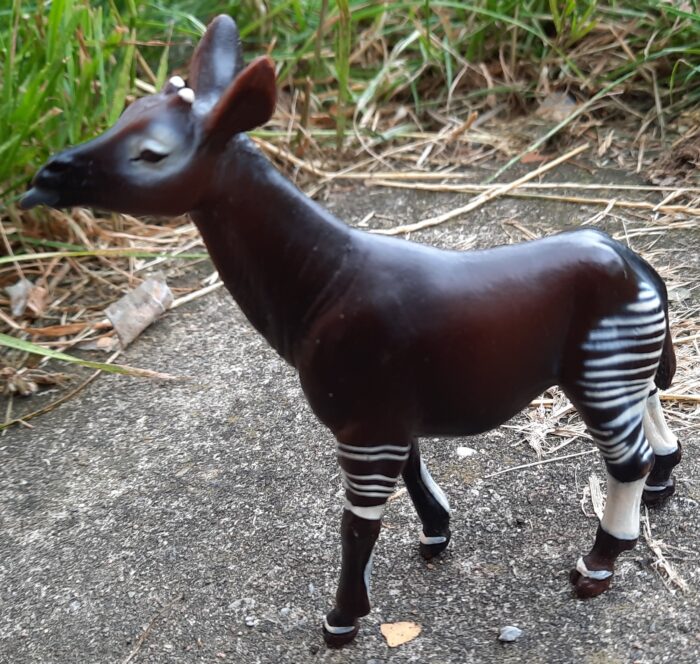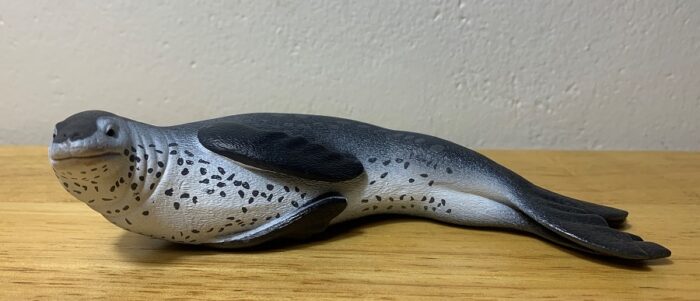Another ride out on the “Savanah Summer” and we cover a figure of the last of the Big Five African mammals for me to review, the Rhino. In this case, it is the largest of the rhinos, the White Rhino (Ceratotherium simum). There are two subspecies, the more common southern and the near extinct northern, now with only two individuals remain.
Brand: Safari Ltd.
Great White Shark (Monterey Bay Aquarium Collection by Safari Ltd.)

Review and images by JimoAi; edited by bmathison1972
Every year, there will be a week dedicated to sharks known as Shark Week, where many content creators dedicate to posting shark-related content for that period of time. Most famously, the infamous Discovery Channel airs the sub-par shark specials annually for that period, which unfortunately focuses more on sensationalization rather than actual science, which misinforms the general public about sharks, causing a deeper divide between fiction and reality.
Nurse Shark (Wild Safari Sealife by Safari Ltd.)
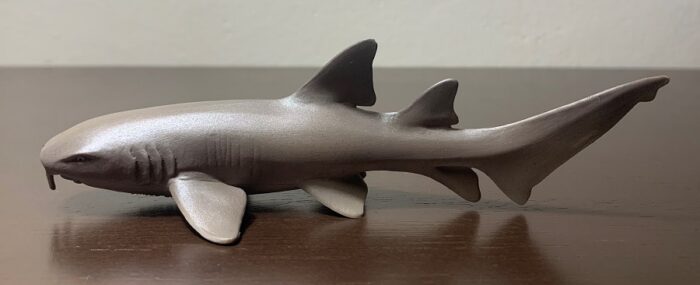
Well, this upcoming week is Shark Week (and Shark Fest was last week, apparently) so here’s our mandatory shark review to celebrate the event. Not that we need an excuse to review sharks, we appreciate sharks all year long around here. Counting this review, I’ve now covered a baker’s dozen cartilaginous fishes.
Elk, 2013 bull (Wild Safari North American Wildlife by Safari Ltd.)
Sperm Whale, 2019 (Wild Safari Sealife by Safari Ltd.)
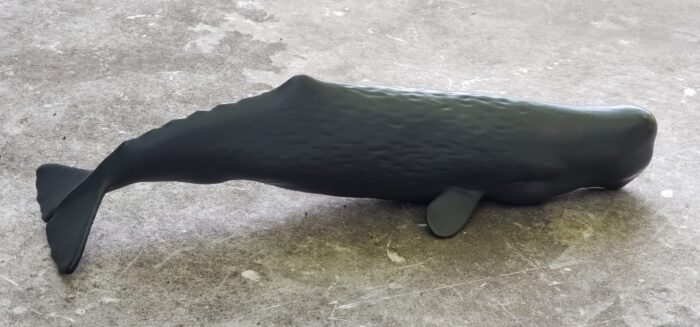
Review and images by Cachalot; edited by bmathison1972
Recently I have gotten interested in sea animals, whales in particular. The sperm whale (Physeter macrocephalus) is my favorite; it is an animal of extremes. It has the largest brain on earth, 17 to 20 pounds. There are music ditties about this creature being brainy.
Okapi, 1999 (Wild Safari Wildlife by Safari Ltd.)
American Bald Eagle (Wings of the World by Safari Ltd.)
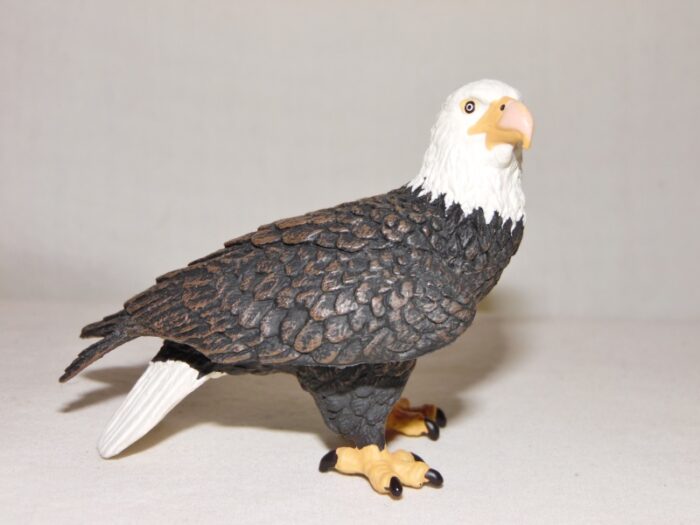
Review and images by Takama; edited by bmathison1972
Editor’s Note: In honor of Independence Day, we are transferring over a walk-around of an iconic American animal, the bald eagle (Haliaeetus leucocephalus).
Ok, in the fall and early winter, bald eagles migrate from the south to make there nests in my area of the Mississippi River.
Leopard Seal (Wild Safari Sealife by Safari Ltd.)
Humpback Whale, adult and calf (Monterey Bay Aquarium Collection by Safari Ltd.)
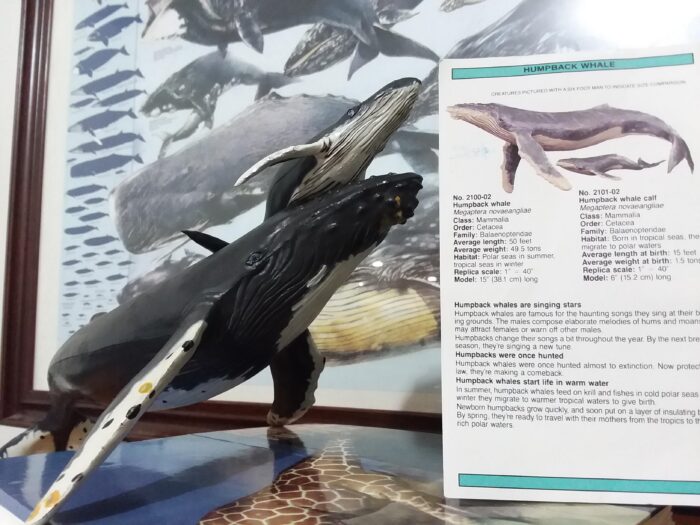
Sally Lightfoot Crab (Incredible Creatures by Safari Ltd.)
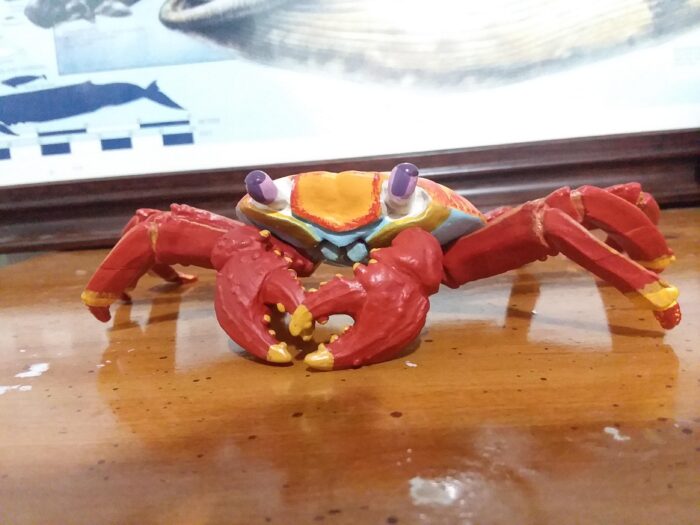
Bigeye Thresher Shark (Monterey Bay Aquarium Collection by Safari Ltd.)

Atlantic Goliath Grouper (Incredible Creatures by Safari Ltd.)
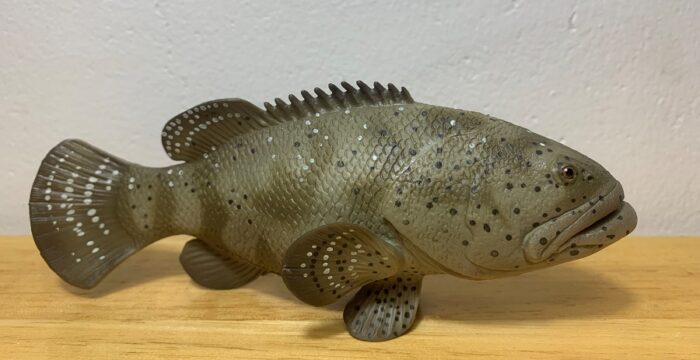
The Atlantic goliath grouper (Epinephelus itajara) is appropriately named, this fish is an absolute brute, a monster, a behemoth. It’s the kind of fish that looks bigger than it rightfully should be. We expect large sizes from sharks, tuna, and billfishes but this fish has a very conventional “fishy” body plan, like you would see in smaller perches, cichlids, or basses, only it is blown up to absurd proportions.

